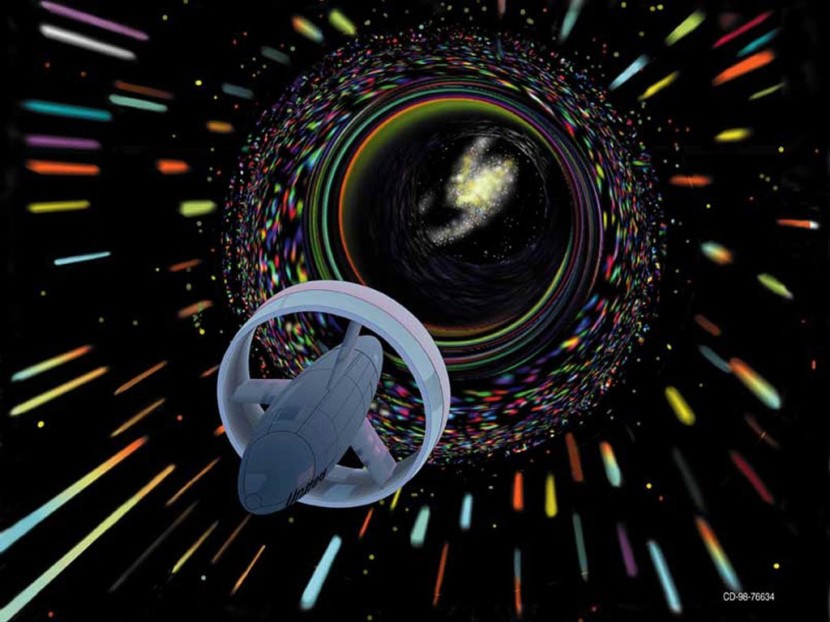
One way to reach the stars is faster-than-light travel which is almost impossible based on Einstein's theories, though novel spacetime bending methods are suggested. With the current technology, it is almost impossible and will take years to reach the nearest star.
Study of Faster-Than-Light Travel
According to German physicist Erik Lentz from Göttingen University, in a 2021 study, there is a loophole to exceed light speed limits with alternative warp drives, noted IOP Science.
Several suggestions to solve the problems of achieving faster-than-light travel, which is equal to traveling into spacetime at superluminal speeds, reported Science Alert.
Conventional physics imposes limitations that comply with the theory of relativity, which is Albert Einstein's contribution to modern physics. It dictates that nothing can travel faster than light in the known rules of physics.
No one can exceed lightspeed and should not be done, but spacetime is malleable and not limited by such rules. The universe is doing just that by moving faster than light itself. Before, a bubble of space is condensed, which requires less energy than space, called negative energy at a quantum scale, which is unknown except in exotic physics.
A particular method to bend spacetime via wormholes, even time travel, even negative energy, as opposed to positive, can activate a proposed Alcubierre warp drive for faster-than-light travel.
Read Also : Hubble Space Telescope Using Gravitational Lensing Captures Images of Dark Matter Clumps
Spacetime bending methods is done by projecting negative energy on the hull of a starship which achieves faster-than-light travel and keeps following accepted physical laws of Einstein's supposed limit. But it needs to be fleshed out, especially what will power the craft or where negative energy will be sourced.
It is possible to zoom at extra luminal speeds yet adhere to Einstein's relativity without unfamiliar physics being left to be imagined yet.
Soliton Waves
Lentz proposed a radical notion of bypassing Einstein's laws via hyper-fast solitons, a wave with constant shape and energies at a constant speed, even at faster-than-light rates.
One theoretical calculation is that extreme velocity soliton particles are compatible with general relativity. Positive energy has enough density to keep a starship in flight, but not confirmed.
Solitons act as warp bubbles traveling at superluminal speeds, stabilizing the piercing spacetime and keeping the ship from getting crushed up in the path. The thinking akin to theoretical gymnastics has a catch-22; how much energy is needed to keep the fabric of spacetime from crushing a starship.
In March last year, Lentz expounded on this problem and its complexities, citing Uni-Goettingen. The energy needed to do it is immense beyond comprehension.
His work is supposed to be the first study, but it was published in March 2021 at the same time with a similar study of a warp engine minus the negative energy to work. Lentz offered to share his work to look into his data.
Furthermore, the study about faster-than-light travels has moved theory but is a bit close to engineering a solution to superluminal speeds. Now it boils down to lowering the energy needed to enable such a feat, like a working engine.
Lentz's work shows that faster-than-light travel might be doable under Einstein's theories, allowing exotic spacetime bending methods like soliton particles.
Related Article: White Dwarfs Might Be the Place to Find Alien Life
© 2026 HNGN, All rights reserved. Do not reproduce without permission.








